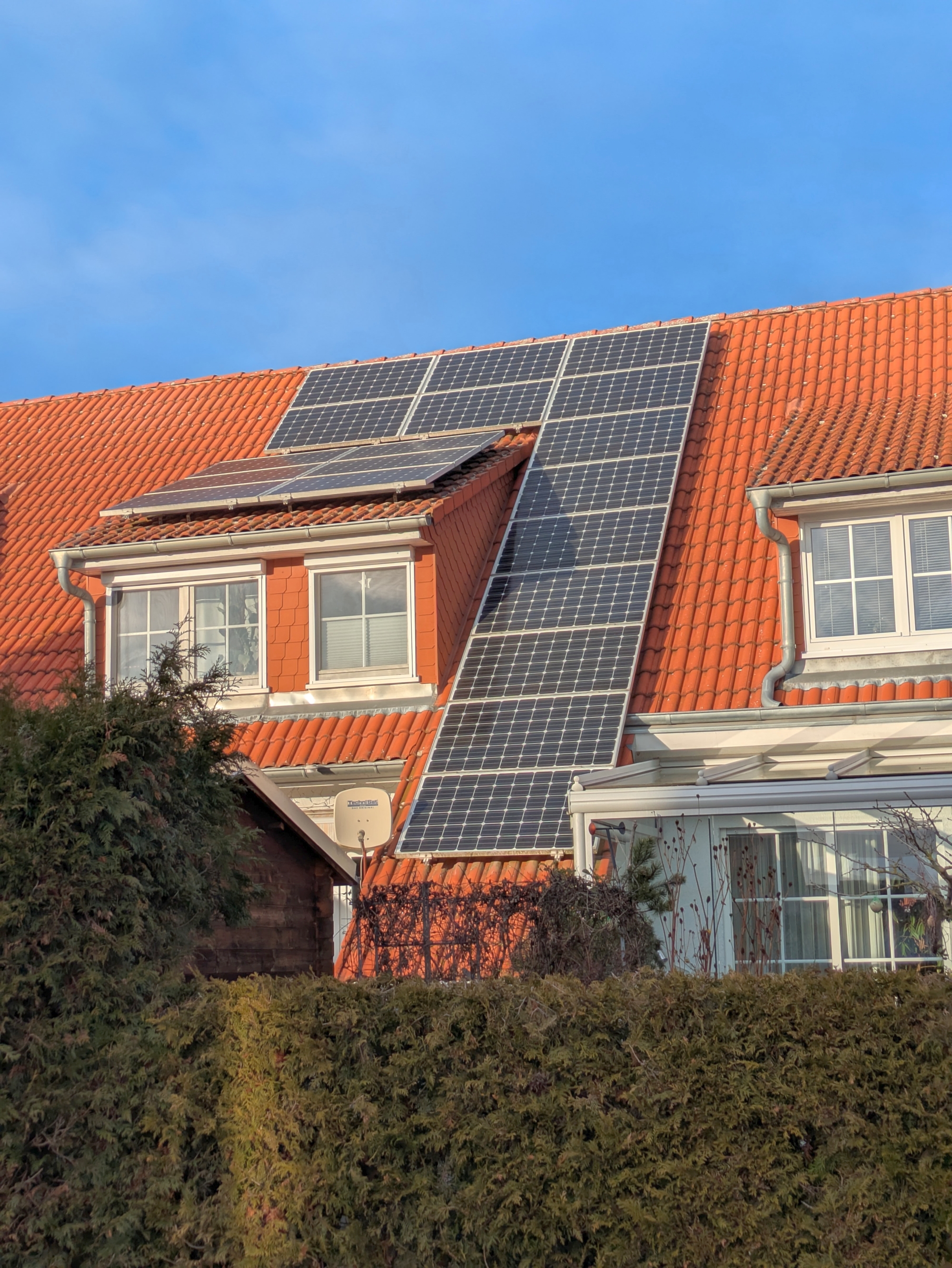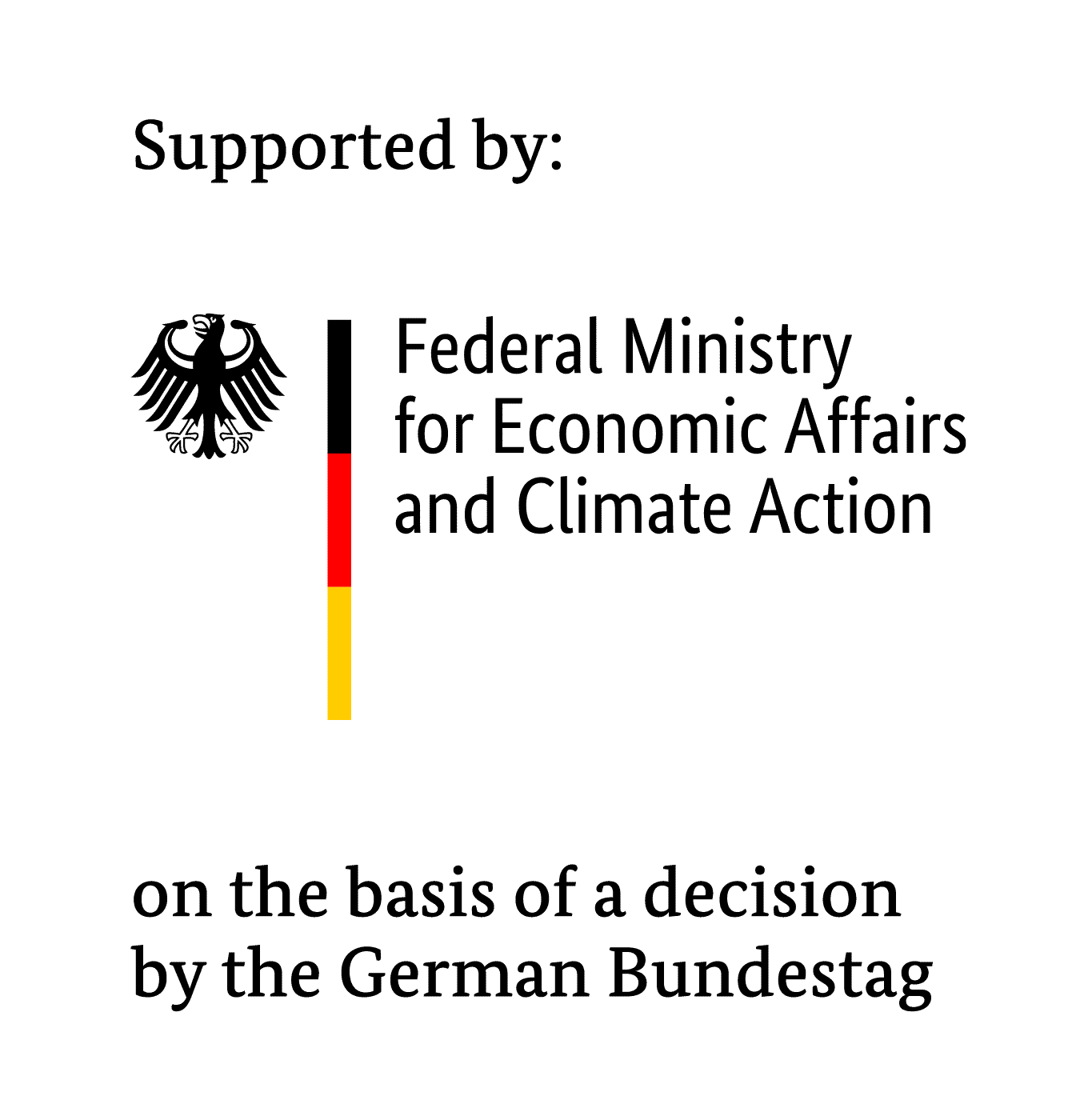The use of photovoltaic modules in urban areas often results in partial shading, which leads to considerable energy losses and a higher thermal load over the course of the module's service life. In the "SegmentPV" project, Fraunhofer Center for Silicon Photovoltaics CSP and AESOLAR are developing a segmented and patented photovoltaic module that specifically addresses the challenges of partial shading and thus promises greater energy yield and reliability.


If photovoltaic systems are used in residential and industrial areas, roofs, chimneys or trees in the surrounding area provide partial shading that is significantly higher than for solar modules installed on open spaces. Regular partial shading leads to energy losses and a higher thermal load. In extreme cases, even 5% shading of the module surface can lead to a total loss of module output. Unfavorable shading can lead to overheating of an area of a solar module. These hotspots impair reliability, for example through increased ageing of the polymers used in the encapsulation materials of the solar cells
This is where the "SegmentPV" project, which runs until the end of September 2025, comes in, in which a modified hot-spot-free (HSF) photovoltaic module is being developed that offers a higher energy yield and a lower hot-spot risk through segmentation of the module layout and the use of integrated bypass diodes. The developed module is therefore specially optimized for use under partial shading conditions.
The work at Fraunhofer CSP focuses in particular on the characterization and evaluation of solar cells and integrated diodes, such as the investigation of various cell technologies (PERC, TOPCON, HJT) with regard to reverse breakdown behavior under illumination. The temperature-dependent behavior of the integrated active and passive bypass diodes is being tested in order to identify optimal bypass diodes for the intended use, which should have the lowest possible losses and thus also withstand temperature development. Based on simulations, AESOLAR has created various layouts for the segmentation of the module surface and developed new module designs. The best designs were produced by AESOLAR as prototypes for further tests in the laboratory and in the field.
Fraunhofer CSP has developed comprehensive tests to ensure the quality and efficiency of these new modules. Endurance stress tests with thermomechanical stress cycles and shading tests were carried out in the laboratory to ensure the reliability of the modules. A new type of hot-spot test with alternating operating conditions identifies potential problems in continuous operation, while a special bypass diode test is also intended to demonstrate the longevity of the module assembly. These tests are currently being applied to the prototypes and are delivering initial positive results. By the end of the project in September, the investigations into long-term reliability should be completed and the increase in yield should also be demonstrated under outdoor conditions.
"With the new HSF module, we can significantly increase the energy yield of photovoltaic systems and reduce system costs at the same time. This is an important step towards greater use of renewable energies in urban areas," says Matthias Pander, project manager at the Fraunhofer IMWS.
"We want to bring the new generation of hot-spot-free modules to the market as quickly as possible in order to improve the yield, efficiency and reliability of PV modules under partial shading conditions and thus contribute to the energy transition," says Dr. Hamed Hanifi, Technology and Innovation Director at AESOLAR.
Fraunhofer CSP will present the results of the project at Intersolar Europe in Munich. From May 7 to 9, 2025, visitors can meet the Fraunhofer CSP team in hall A2 at booth 212 and find out about the module and other new developments.
"SegmentPV" was funded as part of the 7th Energy Research Program of the Federal Ministry for Economic Affairs and Energy (BMWK).
(May 5, 2025)
 Fraunhofer Center for Silicon Photovoltaics CSP
Fraunhofer Center for Silicon Photovoltaics CSP